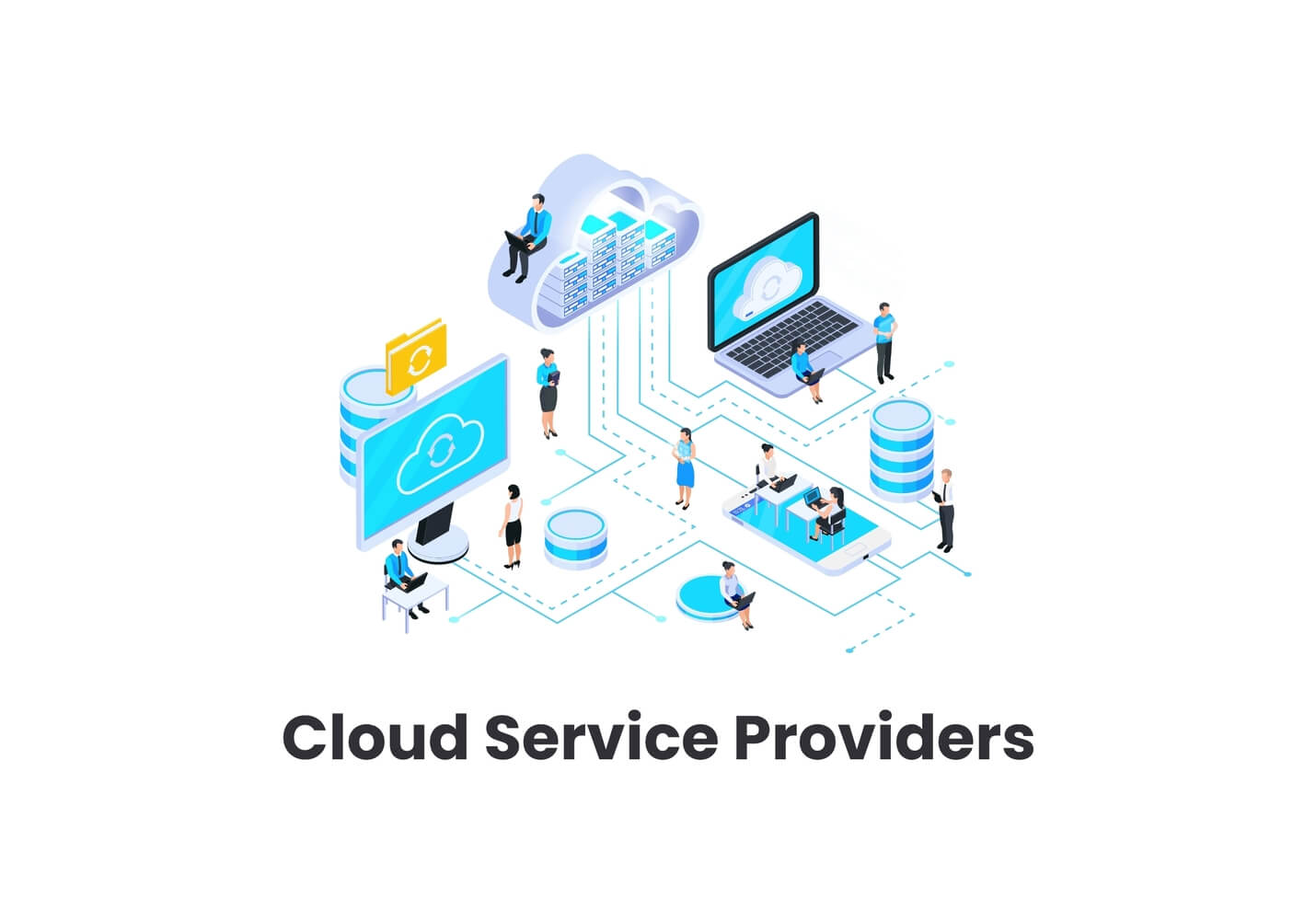Opening Success with LinkDaddy Cloud Services: Maximizing Universal Cloud Service Impact
Simplify Your Infrastructure With Cloud Solutions
As services browse the ever-evolving landscape of innovation and information administration, the duty of cloud solutions in simplifying framework has actually become increasingly prominent. Just how can businesses effectively browse this transition and genuinely open the possibility of cloud solutions for streamlining their infrastructure?
Benefits of Cloud Solutions
Cloud services supply a structured technique to managing IT infrastructure, providing organizations with adaptability, cost-efficiency, and scalability. One of the key benefits of cloud solutions is the scalability they use.
Additionally, cloud solutions remove the requirement for organizations to buy pricey equipment and software application. This cost-efficiency is a considerable benefit, especially for tiny to medium-sized ventures seeking to reduce ahead of time expenses. By using cloud solutions, services can access high-grade IT sources without the hefty rate tag connected with conventional facilities setups.
In addition, cloud services supply services with the versatility to access their information and applications from anywhere with a web link. This level of accessibility boosts collaboration amongst teams, allows remote work, and increases total efficiency. The flexibility supplied by cloud solutions equips services to adjust quickly to transforming market problems and customer needs.
Price Cost Savings and Scalability
In enhancement to the operational advantages highlighted previously, the assimilation of cloud services into a firm's facilities brings forth substantial expense savings and improved scalability. Cloud solutions supply a pay-as-you-go version, allowing companies to scale resources up or down based on current needs, thereby avoiding the costs connected with preserving excess capability. This versatility makes it possible for business to adjust quickly to changing needs without incurring unneeded costs.
Furthermore, cloud solutions get rid of the need for ahead of time investments in software and hardware, lowering capital investment. Business expenses are also reduced as business no longer require to manage and maintain physical web servers, bring about lower energy consumption and IT staffing prices. In addition, cloud services offer automated updates and upkeep, ensuring that the facilities stays safe and secure and current without calling for manual interventions.
Enhanced Security Steps
Executing rigid safety actions is extremely important when incorporating cloud solutions right into a business's infrastructure to make sure and protect sensitive data compliance with industry regulations. Cloud solution carriers use improved safety functions such as data encryption, firewall software security, and multi-factor authentication to mitigate cybersecurity risks.
Additionally, regular safety and security audits and compliance evaluations aid determine susceptabilities and ensure adherence to sector requirements. Companies can additionally benefit from features like computerized security updates and real-time hazard tracking given by cloud provider. By focusing on safety and security measures and staying aggressive in attending to potential dangers, companies can with confidence leverage cloud solutions while safeguarding their beneficial information from unauthorized access or violations.
Transitioning to Cloud Facilities
To effectively integrate cloud services into a firm's framework, a structured method that attends to the change in the direction of cloud-based remedies is crucial. Transitioning to cloud infrastructure involves cautious preparation and implementation to make sure a smooth migration process. The very first step is to analyze the current framework and identify which systems and applications are ideal for migration to the cloud. This assessment should take into consideration factors such as data sensitivity, conformity demands, and efficiency demands.
As soon as the assessment is complete, a movement approach ought to be developed. This strategy ought to describe the timeline, sources, and responsibilities for moving each element to the cloud. It is vital to interact this plan clearly to all stakeholders to ensure alignment and lessen disruptions throughout the change.
During the migration screening, process and monitoring are critical to identify and address any concerns quickly. Routine checkpoints must be established to track progression and make required adjustments. Additionally, training for employees on making use of cloud services need to be supplied to make sure an effective change and make the most of the advantages of the new infrastructure.
Ideal Practices for Cloud Adoption
Effective adoption of cloud services hinges on the strategic positioning of business purposes with technological abilities and business readiness. To make certain a smooth shift to the cloud, organizations must index start by conducting a comprehensive analysis of their current framework and determining which workloads are best matched for cloud movement. It is essential to click entail crucial stakeholders from different divisions in the decision-making procedure to obtain buy-in and attend to any worries at an early stage.
Another finest technique for cloud adoption is to focus on security and compliance. Organizations has to very carefully evaluate the safety and security procedures offered by cloud provider and ensure that their data is safeguarded according to market criteria and governing needs. Carrying out durable information security, accessibility controls, and regular security audits can help reduce threats related to cloud fostering.

Conclusion

As organizations navigate the ever-evolving landscape of technology and information management, the role of cloud solutions in simplifying facilities has become increasingly popular - linkdaddy cloud services. Exactly how can businesses efficiently browse this change and really unlock the capacity of cloud solutions for streamlining their framework?
Cloud services provide a structured strategy to handling IT facilities, giving businesses with scalability, adaptability, and cost-efficiency. By using cloud services, companies can access top quality IT resources without the useful link large cost tag connected with standard facilities arrangements.
To make sure a smooth change to the cloud, companies must start by carrying out an extensive evaluation of their present infrastructure and identifying which work are best suited for cloud movement.